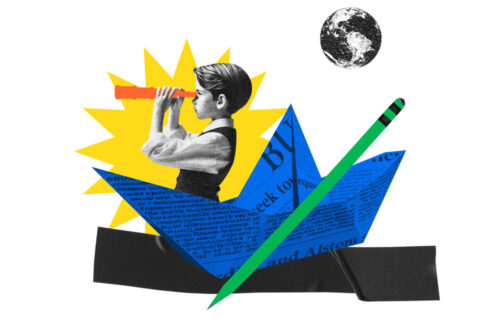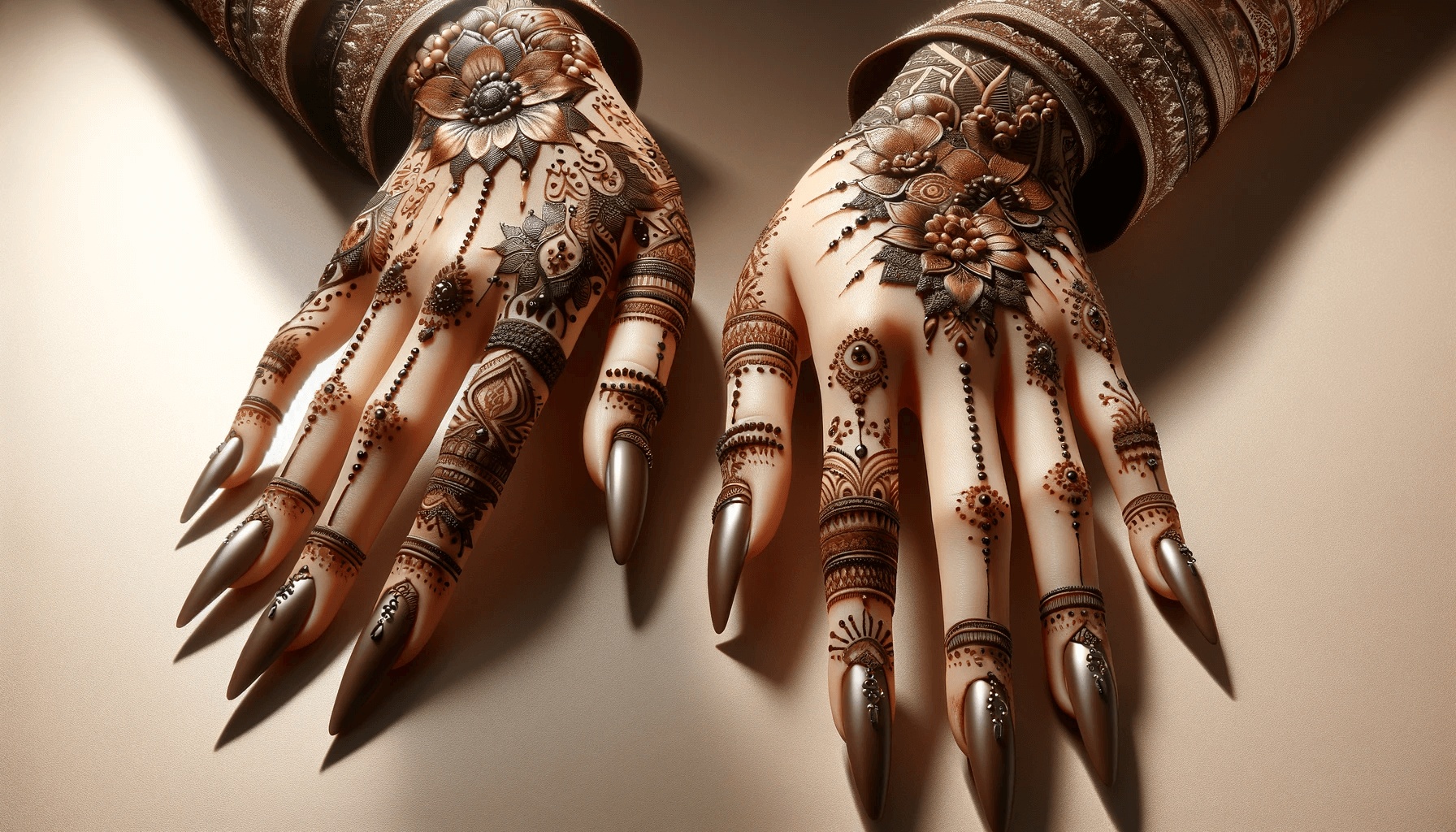Welcome to the world of Adobe Illustrator Images! If you’re looking to step up your graphic design game, this powerful software is a must-have in your toolkit. Whether you’re a seasoned designer or just starting out, Illustrator offers endless possibilities for creating and editing stunning vector graphics and digital illustrations.
In this section, we’ll take a deep dive into Adobe Illustrator Images and provide you with valuable tips to enhance your design skills. From mastering essential design tools to advanced image editing techniques, we’ve got you covered. So, buckle up and get ready to explore the creative potential of this versatile software.
Key Takeaways:
- Adobe Illustrator Images is a powerful graphic design software for creating and editing vector graphics and digital illustrations.
- The software offers a range of essential design tools and capabilities, allowing you to create professional-level designs that captivate your audience.
- By mastering design tools, image editing, and vector graphics, you can unlock the full potential of Adobe Illustrator as your go-to creative software.
The Basics of Adobe Illustrator Images
So, you’ve decided to take on the world of graphic design with Adobe Illustrator Images? Welcome to the club, smarty pants. Before you can dive into creating stunning designs, it’s important to understand the basics of this powerful software.
First up, let’s talk about vector graphics. Unlike raster images, vector graphics are not made up of pixels. Instead, they are made up of paths, which can be manipulated with precision. This means that you can scale vector graphics up or down without losing any quality. Neat, huh?
Secondly, familiarize yourself with the design tools. At first glance, it may seem overwhelming, but trust us, it’s worth it. The Pen tool, for example, is a fundamental tool used to create and manipulate paths. The Shape tool is another handy tool that allows you to create basic shapes like circles and squares.
Don’t forget about digital illustration
Now that you’re familiar with vector graphics and design tools, let’s talk about digital illustration. This is where your creativity really shines. Adobe Illustrator Images offers a range of brushes and tools to create unique illustrations. Whether you’re drawing cartoon characters or realistic landscapes, there’s a tool for that.
It’s also important to note that Adobe Illustrator Images allows you to work with layers. Similar to Photoshop, layers allow you to organize your design and work on individual elements separately.
Now that you have a good grasp of the basics, it’s time to put them into practice and start creating stunning designs.
Creating Stunning Adobe Illustrator Images
So you’ve familiarized yourself with the basics of Adobe Illustrator Images, now it’s time to take things to the next level and create designs that truly stand out. With the right design tools, the possibilities are endless, and your creativity knows no bounds.
Tip 1: Composition is Key
When it comes to creating stunning Adobe Illustrator Images, composition is everything. Take the time to carefully plan out your design and consider how each element will work together to create a cohesive and visually appealing final result. Don’t be afraid to experiment with different layouts until you find the perfect one.
Tip 2: Get Creative with Color
Color selection can make or break a design, so it’s important to choose wisely. Experiment with different color palettes, and don’t be afraid to think outside of the box. Try using bright, bold colors for a fun and playful design, or go for a more muted color scheme for a sleek and sophisticated look.
Tip 3: Typography Matters
Typography is another important element that can have a big impact on the overall look and feel of your design. Take the time to choose a font that complements your design and fits the overall style you are going for. Experiment with different font sizes and styles to create visual interest and hierarchy within your design.
Tip 4: Utilize Design Tools to Enhance Your Vector Graphics
One of the biggest advantages of Adobe Illustrator Images is the ability to work with vector graphics. Take advantage of this by utilizing various design tools to create unique and eye-catching designs. Experiment with different shapes, lines, and gradients to bring your designs to life.
Tip 5: Don’t Be Afraid to Push the Boundaries
Finally, the key to creating stunning Adobe Illustrator Images is to not be afraid to push the boundaries and think outside of the box. Experiment with different techniques and designs, and don’t be afraid to take risks. With Adobe Illustrator’s powerful design tools, the possibilities are endless.
Advanced Editing Techniques for Adobe Illustrator Images
Well done! You’ve mastered the basics of Adobe Illustrator Images and are ready to take your design skills to the next level with some advanced editing techniques. With this powerful graphic design software, you have a variety of image editing tools at your disposal to refine and perfect your designs.
First things first, let’s talk about adjusting colors. Whether you want to add some pop to your design or tone it down a bit, it’s important to know how to manipulate colors effectively. Use the Color Balance tool to adjust the balance of colors in your image, or the Hue/Saturation tool to play around with the intensity of certain hues.
Gradients are another useful tool when it comes to advanced editing. Did you know you can create custom gradients with Adobe Illustrator Images? It’s true! Whether you want a simple two-color gradient or a more complex multi-color one, the Gradient tool allows for a lot of creativity.
If you’re looking to add some special effects to your designs, try playing around with filters. Applying a filter can alter the look and feel of an image in unexpected ways. It’s worth experimenting with the different filters to see how they affect your designs.
Lastly, don’t forget about blending modes. These can be incredibly useful when you’re looking to combine multiple images or layers. Play around with the different blending modes to see how they affect your designs and find the perfect combination.
By mastering these advanced editing techniques, you’ll be able to take your Adobe Illustrator Images to the next level. Keep experimenting, and you might be surprised at the level of creativity you can achieve.
Tips for Integrating Adobe Illustrator Images into Your Workflow
So, you’ve mastered the art of creating stunning Adobe Illustrator Images. Congratulations! But what’s next? How do you streamline your workflow and make the most of your design assets? Fear not, we’ve got you covered with these tips for integrating Adobe Illustrator Images into your creative process.
Organize Your Design Assets
As a professional designer, you know the importance of keeping your design assets organized. Use folder structures to keep your Adobe Illustrator Images and design files sorted. This will save you from a headache down the line, and make locating specific design elements a breeze.
Create Templates
Time is money, and templates are a surefire way to save time. Create templates for commonly used design elements, such as business cards, letterheads, and social media posts. This will help you stay consistent with your branding and streamline your design process.
Collaborate with Other Design Software
The beauty of Adobe Illustrator is its compatibility with other design software. Utilize this feature to streamline your workflow by collaborating with other designers. Export your Adobe Illustrator Images as SVG files and import them into other software, such as Adobe Photoshop or InDesign, for additional editing and design elements.
Streamline Your Design Process
Time is of the essence when it comes to professional design. Consider using plug-ins or scripts to speed up your workflow and optimize your design process. Whether it’s adding drop shadows, resizing elements, or converting text to outlines, these tools can drastically cut down on the time it takes to achieve your desired result.
Stay Up-to-Date with Design Trends
As a professional designer, it’s crucial to stay up-to-date with design trends. Incorporating the latest design trends can help keep your Adobe Illustrator Images fresh and relevant. Keep an eye on design blogs, forums, and online communities to stay in the loop and ensure your work is always on-trend.
By following these tips, you can take your Adobe Illustrator Images to the next level and streamline your workflow like a pro. Happy designing!
Tips for Optimizing Adobe Illustrator Images for Different Platforms
Wow, you’ve made some seriously impressive Adobe Illustrator Images! But now it’s time to make sure they look just as good on different platforms. After all, you want your designs to shine no matter where they appear.
First things first, let’s talk about image size. When optimizing your designs for different platforms, it’s important to consider the size of your images. For web design, smaller file sizes are best to ensure quick loading times. For print materials, higher resolution images are necessary to maintain sharpness and clarity.
Next, let’s discuss colors. Colors can appear differently on different devices, so it’s important to ensure that your designs are consistent across all platforms. Consider using Pantone colors for print materials, as they are standardized and will appear the same across all printers.
Speaking of consistency, make sure your fonts are readable on all platforms. Some fonts may not be supported or may appear differently on different devices, so be sure to choose fonts that are universally compatible.
Finally, keep in mind the overall design aesthetic when optimizing for different platforms. Different mediums may require adjustments to the layout or composition to ensure the design looks its best. Don’t be afraid to make tweaks to your design to ensure it shines on every platform.
With these tips in mind, you can optimize your Adobe Illustrator Images to look stunning on every platform. Your designs will be the talk of the town, no matter where they appear!
Tips for Optimizing Adobe Illustrator Images for Different Platforms
Congratulations! You’ve created a stunning Adobe Illustrator image that perfectly captures your creative vision. Now it’s time to optimize it for different platforms.
Consider Your Target Audience
Before optimizing your Adobe Illustrator image, it’s crucial to consider your target audience. Are they mostly viewing your designs on mobile devices or desktops? This information will guide you on how to optimize your designs for different platforms.
Size Matters
When optimizing your Adobe Illustrator image for different platforms, size matters. Keep in mind that smaller file sizes load faster on websites and mobile devices, while larger file sizes are suitable for print materials. Utilize Adobe Illustrator’s export options to create optimized images for the various platforms you intend to use.
Keep it Consistent
Consistency is key to maintaining the integrity of your Adobe Illustrator image across different platforms. Keep the colors, typography, and design elements consistent, and pay attention to how the image displays on each platform. This ensures that your brand remains recognizable across all channels.
Test it Out
Always test your Adobe Illustrator image on different platforms before releasing it to the world. Check how it looks on desktops, mobile devices, and print materials. Run a few tests on social media platforms to ensure your designs look their best and grab your audience’s attention.
Optimizing Adobe Illustrator Images for different platforms requires attention to detail and creativity. Utilize the various design tools and features available in Adobe Illustrator to create visually stunning images that translate well across all platforms. With a little bit of practice, you’ll soon be optimizing your designs like a pro!
Final Thoughts on Adobe Illustrator Images
Adobe Illustrator Images are a designer’s dream come true. The software provides you with endless possibilities to unleash your creativity and create visual masterpieces that captivate your audience. Take advantage of the design tools and features, experiment with different techniques, and never stop pushing the boundaries of what is possible in the world of graphic design.




